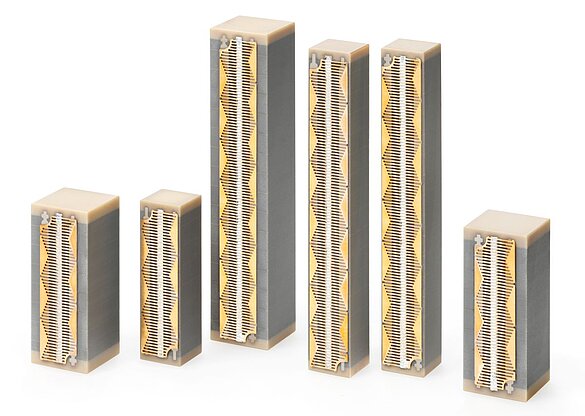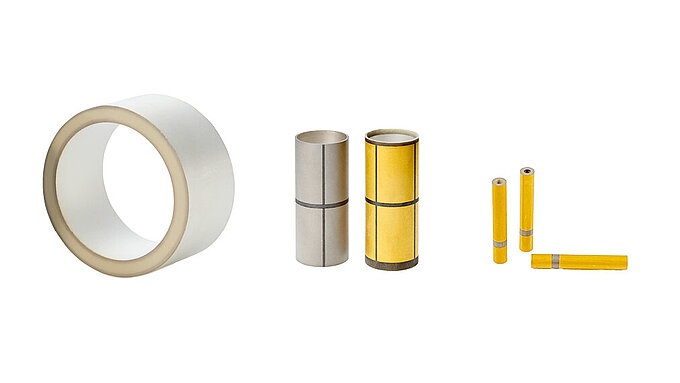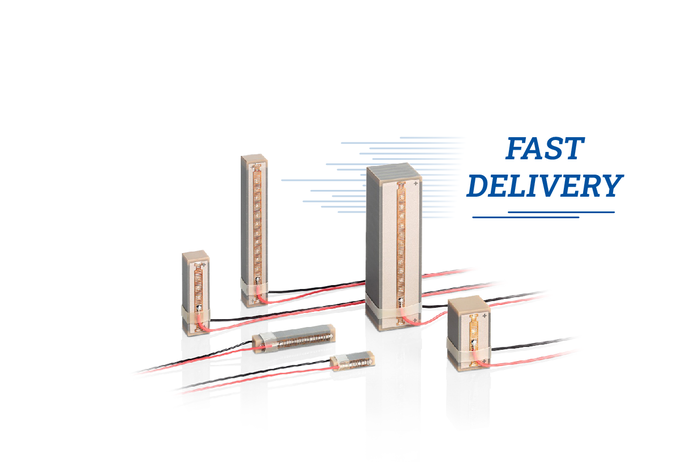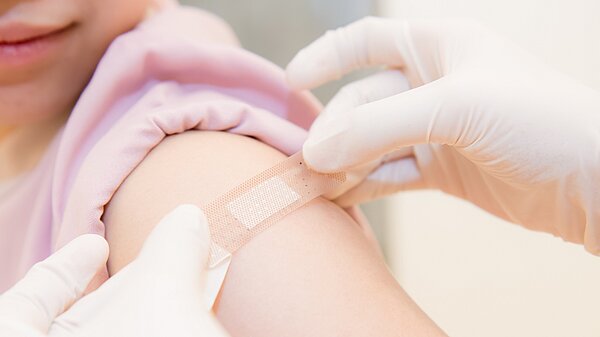
Administering vaccinations is a vital prevention of viral or bacterial infections. The topic was already studied in early Asian cultures and finally experienced its breakthrough in the 19th century under the research of Edward Jenner. While they are still a point of contention, vaccines are now part of everyday medical life, preventing people from falling ill with diseases such as measles, tuberculosis, polio or tetanus. This vaccination policy has brought down cases of infection worldwide significantly, some diseases were even eradicated, e.g. smallpox. In the wake of the global COVID-19 pandemic, modern vaccination technologies are gaining importance as they promise to protect the world population from future pandemics. Vaccine patches are one of these next generation applications and piezo technology can play an important role in their production.
New Technology: Vaccine Patches
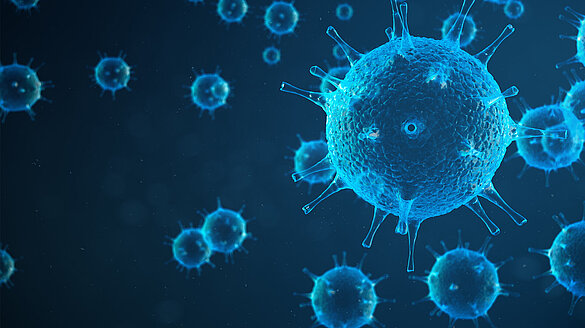
During vaccination, killed or weakened microorganisms, toxins or proteins are usually injected intramuscularly into the body with syringes. They generate an immune response and lead to the immunity of the patient against the specific diseases. As the administration of vaccines is a constant challenge for medical staff worldwide, especially in developing countries with poor medical infrastructure, the novel concept of vaccine patches opens up numerous possibilities.
Vaccine patches consist of a small polymer patch with incorporated microneedles of about 200 to 300 µm in height. When the patch is applied, the needles are stuck into the skin and the vaccine, located on the tip of the needles, is directly injected. Unlike vaccination using syringes, vaccine patches virtually rule out infection through e.g. needle accidents. There are different types of microneedles, some of which dissolve in the skin over time after releasing the vaccine.
Vaccine patches are easily distributed even to remote rural areas and can be applied without the help of healthcare professionals. They also require less than half the dosage of conventional vaccines: More immune cells are found in the skin layers that are penetrated by the microneedles, so a lower vaccine dose still produces an equivalent immune response. Probably the biggest advantage this form of vaccination offers is durability: During the production process, the vaccine on the microneedles is dried, preserving its powers for up to one year at temperatures of up to 40°C, no cooling required. This opens up new possibilities for vaccination, especially in countries with a tropical climate.
During the manufacturing process of the vaccine patches, tiny droplets of liquid vaccine are dispensed onto the tip of the micro needles. Piezo technology is used to generate very small droplets very quickly: the actuators used for nanoliter or picoliter dispensing devices such as print heads must work at high operating frequencies of up to several kHz while at the same time producing the kinetic energy required to generate tiny droplets.
Piezoelectric components and actuators are suitable products for these challenging demands: the piezoelectric effect is based on the generation of charges through the application of force by a crystal and vice versa, therefore piezo components work with instantaneous displacement by admitting a voltage. These components mostly operate with low power consumption and exhibit durability as well as reliability, making them suitable to be employed in dispensing print heads.
To generate and dispense precise droplets down to picoliter volume according to the ink-jet principle, a glass capillary is placed inside a >> piezoelectric tube. Dosing with this method is completely contactless, spotting the finest droplets onto the surface. It allows medicines to be dispensed without contamination and the print heads are easily cleaned or sterilized. Piezo actuators, e.g. >> PICMA® Stack, offer an alternative to piezo tubes: they produce finest droplets of vaccine on microneedle arrays with very high speed and accuracy when placed in a printing head. These actuators are characterized by their exceptional durability: They work reliably for many years, even in complex systems.
More Than Just Piezo Ceramics: Assembling Technology by PI Ceramic
Whether it is assembling piezos for challenging dispensing applications or contacting elements, PI Ceramic can do more for you than just manufacturing piezo elements. With our profound know-how in testing and packaging, we also support customers in >> glueing or contacting piezo components, as well as in assembling.

